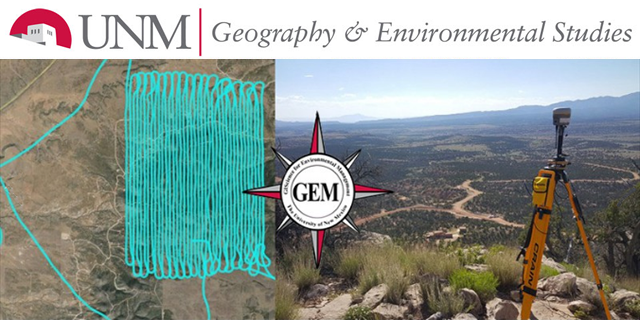
Geography ETDs
Publication Date
6-9-2016
Abstract
This research examines the urban growth and land use pattern of Albuquerque in the next 20 years, for the year 2035, based on past urbanization and land use. Additionally, it compares possible urban growth and land use patterns for two scenarios i. Business as usual scenario, where urbanization pattern of Albuquerque is based on historic data without any explicit definition of areas specifically designated for development and ii. Expansion scenario, where three areas around Albuquerque specifically designated for development (Mesa del Sol, Volcano Mesa and Santolina) is explicitly defined in the model. The two scenarios are further examined based on possible high and low growth rate to expose the upper and lower bounds of future development. SLEUTH, a cellular automata based dynamic urban growth model, was used in the analysis and future urban growth prediction. The SLEUTH model was first calibrated for Albuquerque and its input variables (specifically exclusion layer), and self-modification rule were modified to simulate the two scenarios and the growth conditions respectively. The results indicated, with a very high certainty, that for any scenario in any growth rates, urban expansion would occur in the in-fills fringes of the current urban extension of the city. Among the areas designated for urban development, results showed a high probability of urban growth occurring primarily in Volcano Mesa, followed by Mesa del Sol and with a low probability of urban growth occurring in Santolina. This was true for both scenarios in high and low growth rate.
Degree Name
Geography
Department Name
Geography
Level of Degree
Masters
First Committee Member (Chair)
Caitlin, Lippitt
Second Committee Member
Xiao, Danqing (Dana)
Document Type
Thesis
Language
English
Keywords
Land use change, GIS, Geography, Albuquerque, Cellular Automata, SLEUTH, Urban growth
Recommended Citation
Bajracharya, Pankaj. "Modeling Urban Growth and Land Use Change in Albuquerque using SLEUTH." (2016). https://digitalrepository.unm.edu/geog_etds/26


